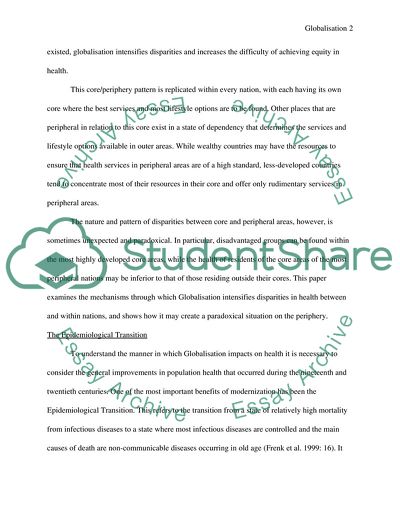Cite this document
(“Globalisation and Health Essay Example | Topics and Well Written Essays - 4000 words”, n.d.)
Globalisation and Health Essay Example | Topics and Well Written Essays - 4000 words. Retrieved from https://studentshare.org/health-sciences-medicine/1546015-globalisation-and-health
Globalisation and Health Essay Example | Topics and Well Written Essays - 4000 words. Retrieved from https://studentshare.org/health-sciences-medicine/1546015-globalisation-and-health
(Globalisation and Health Essay Example | Topics and Well Written Essays - 4000 Words)
Globalisation and Health Essay Example | Topics and Well Written Essays - 4000 Words. https://studentshare.org/health-sciences-medicine/1546015-globalisation-and-health.
Globalisation and Health Essay Example | Topics and Well Written Essays - 4000 Words. https://studentshare.org/health-sciences-medicine/1546015-globalisation-and-health.
“Globalisation and Health Essay Example | Topics and Well Written Essays - 4000 Words”, n.d. https://studentshare.org/health-sciences-medicine/1546015-globalisation-and-health.


